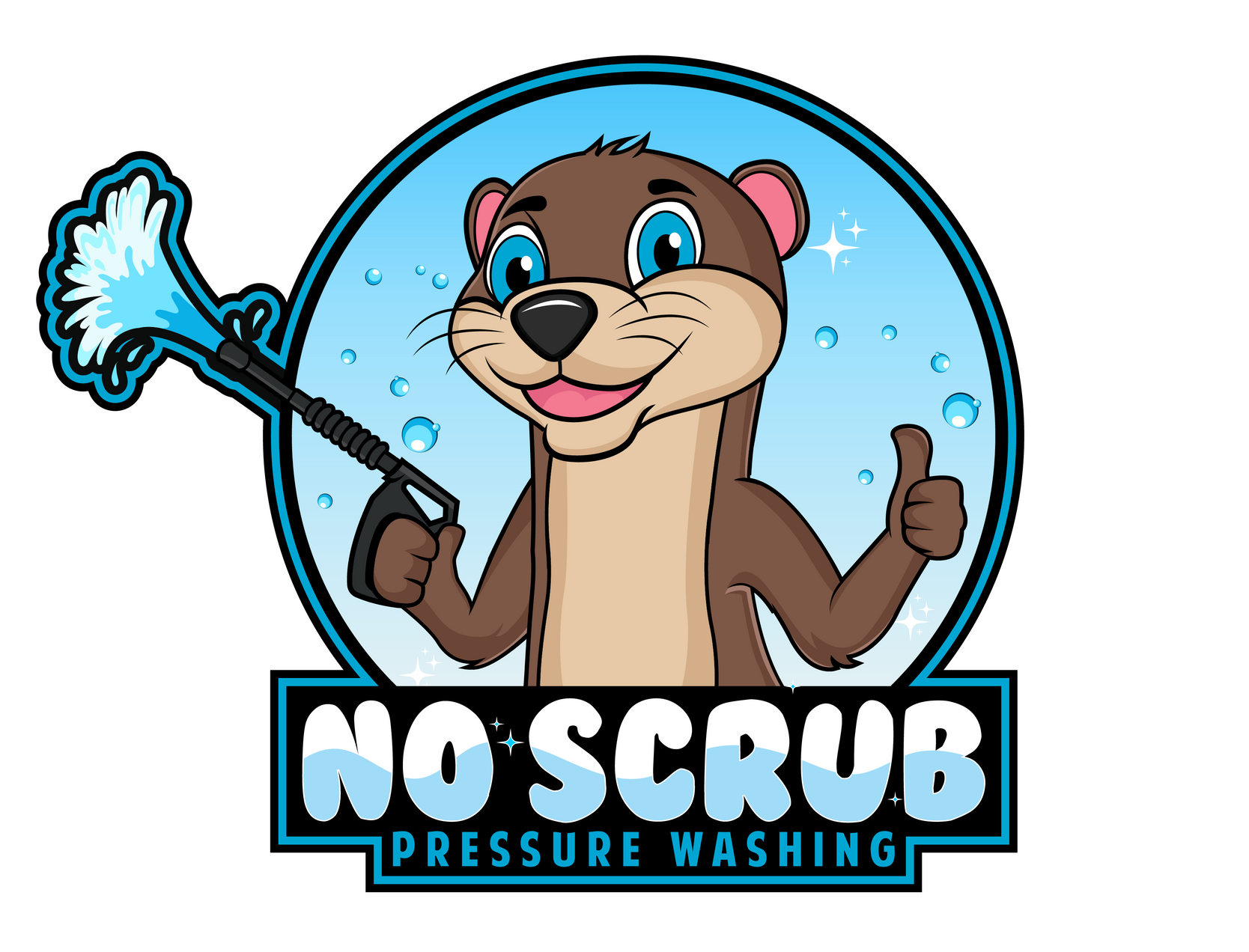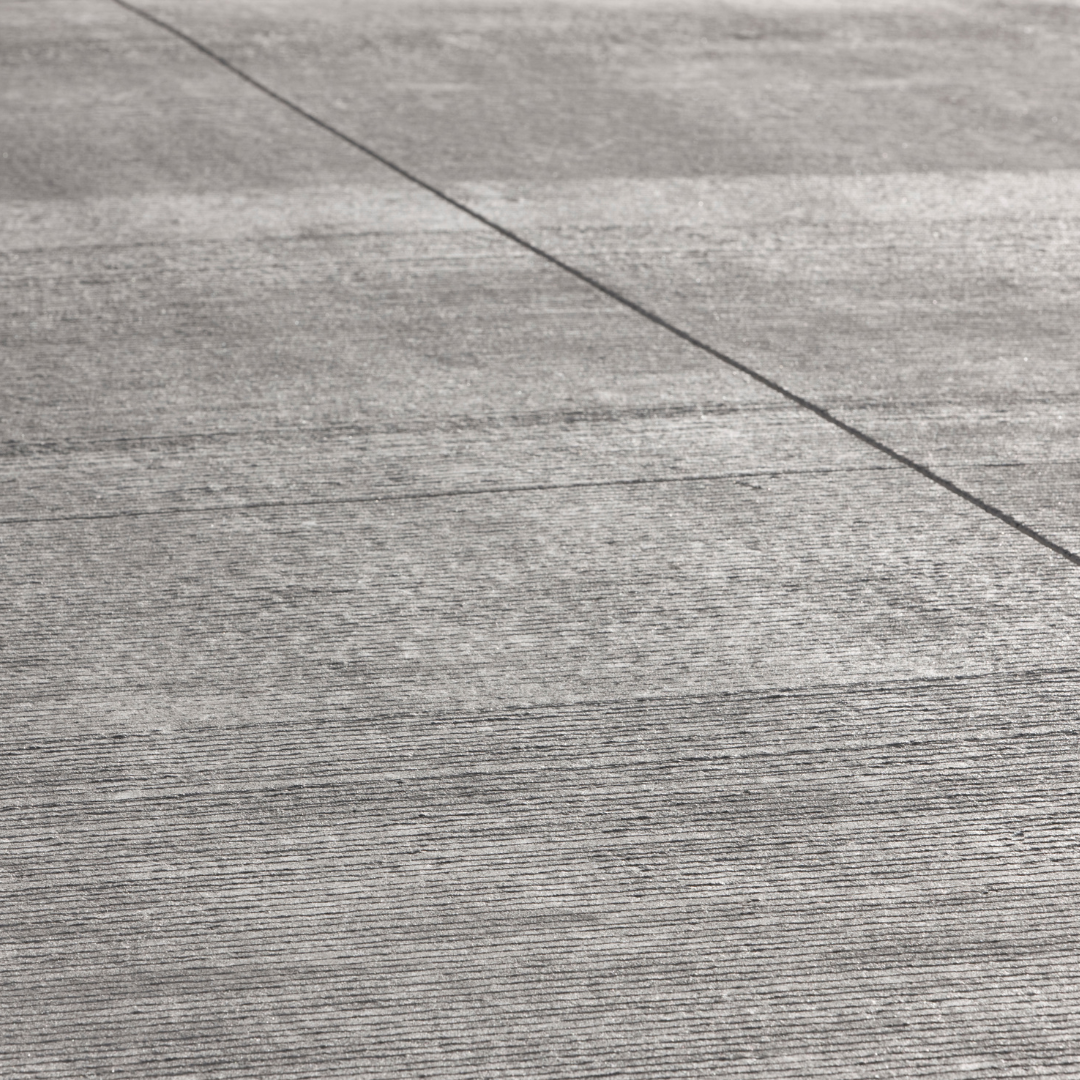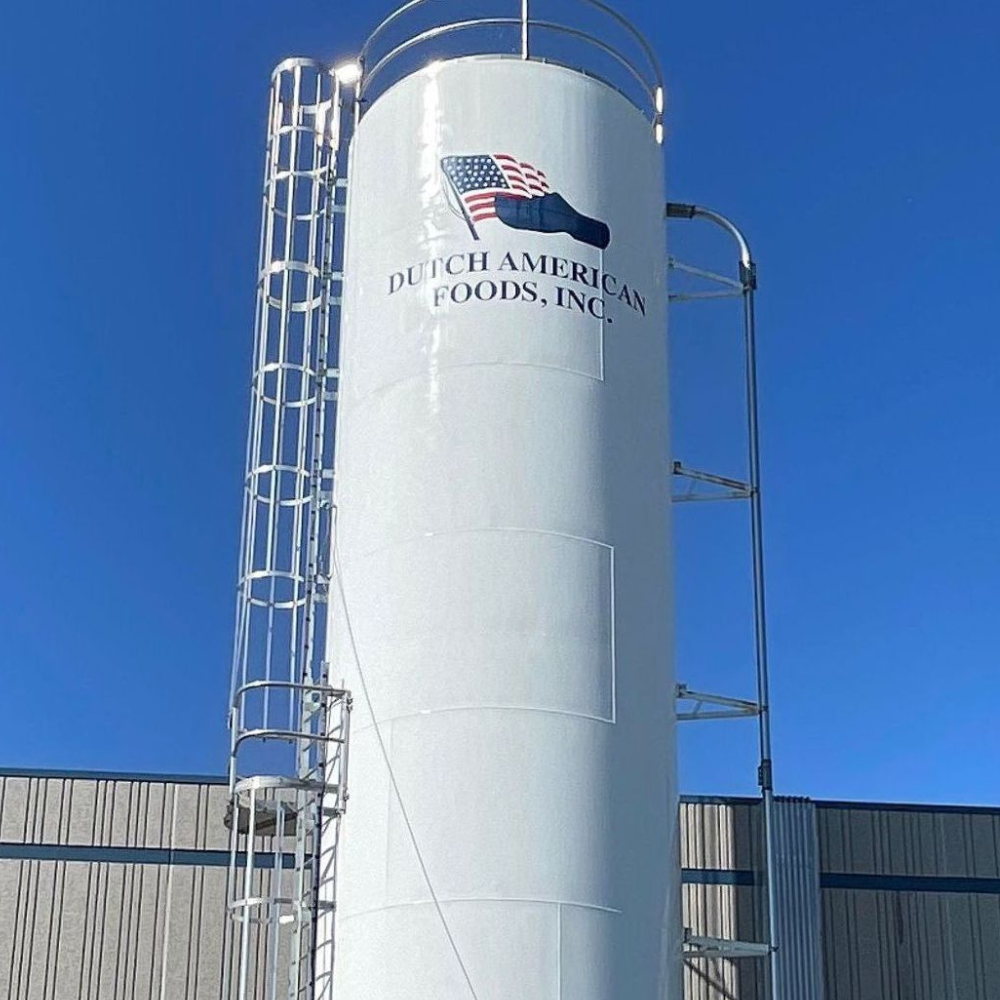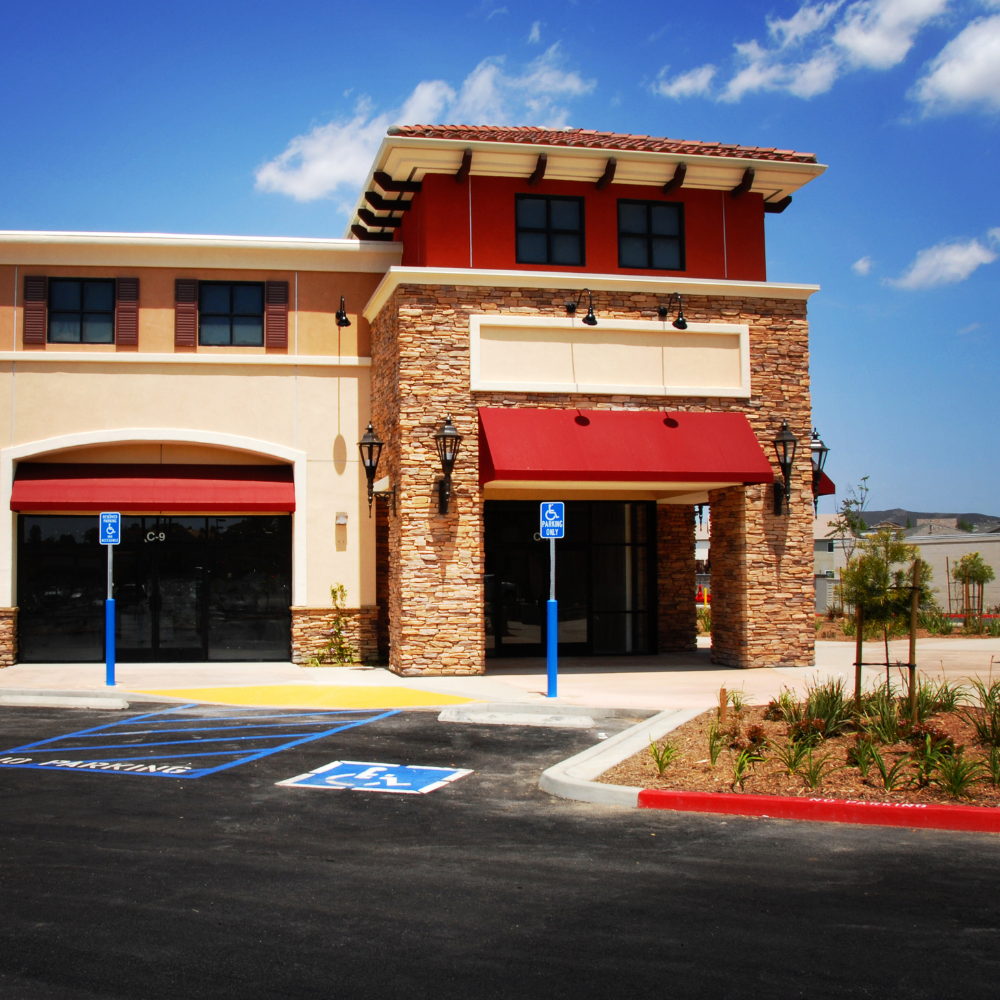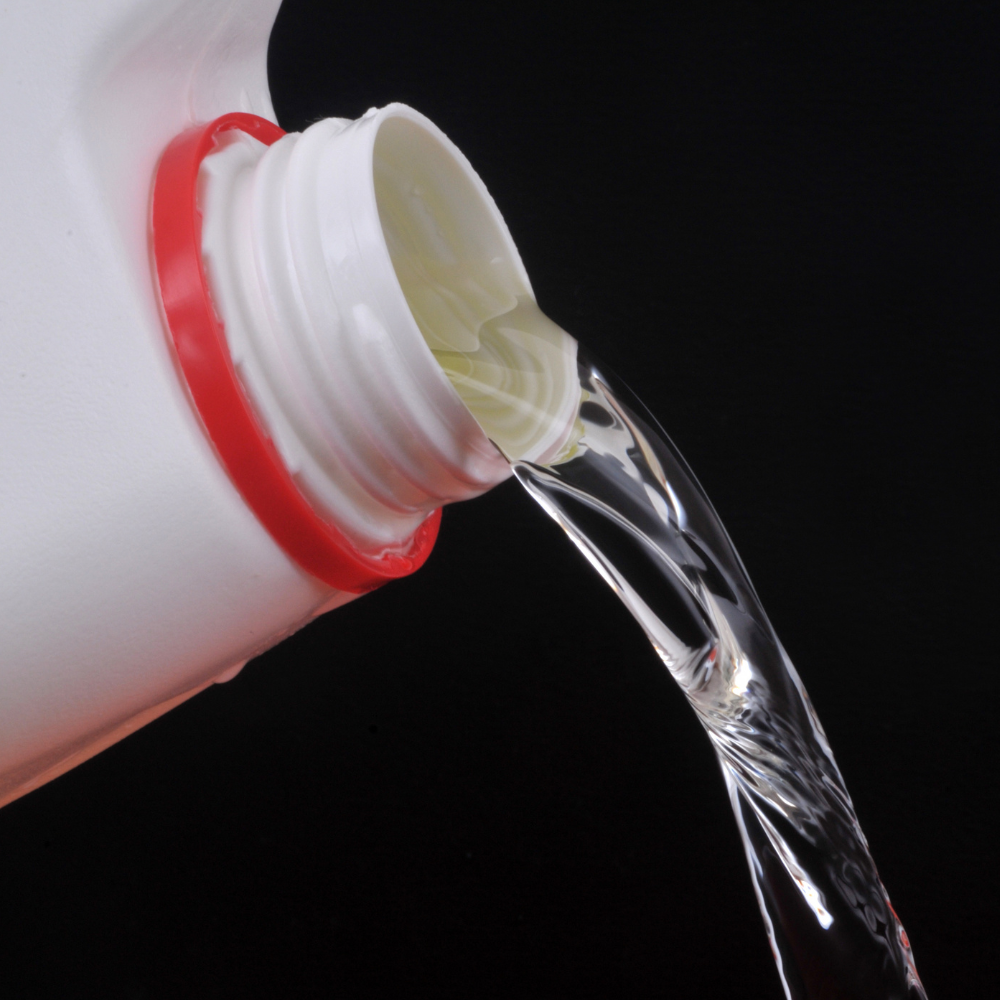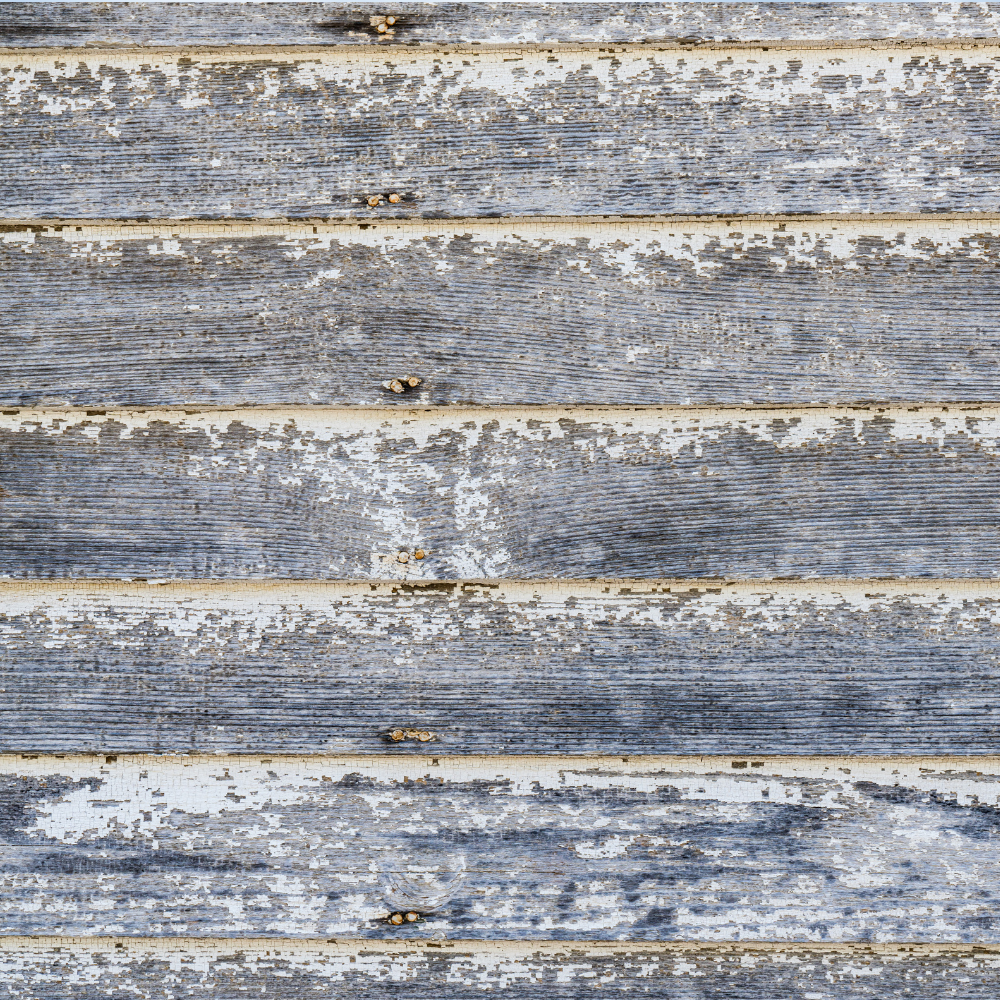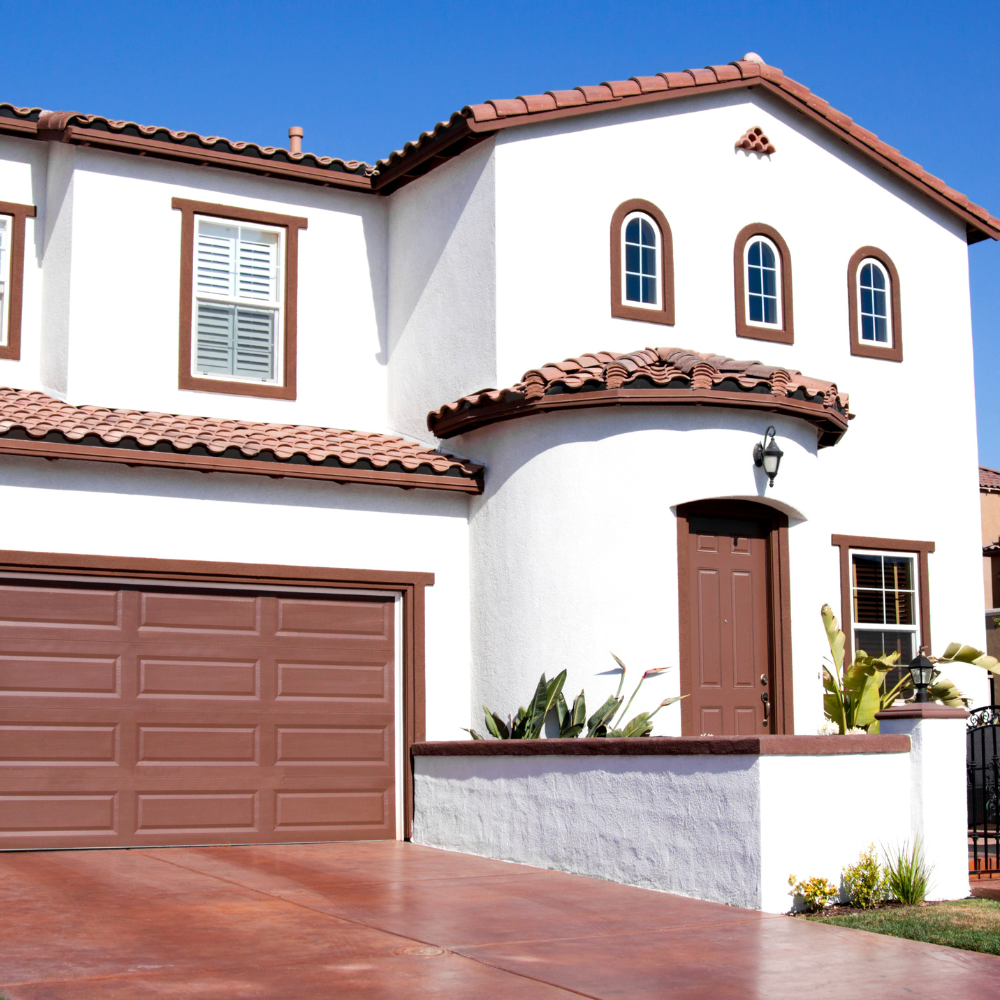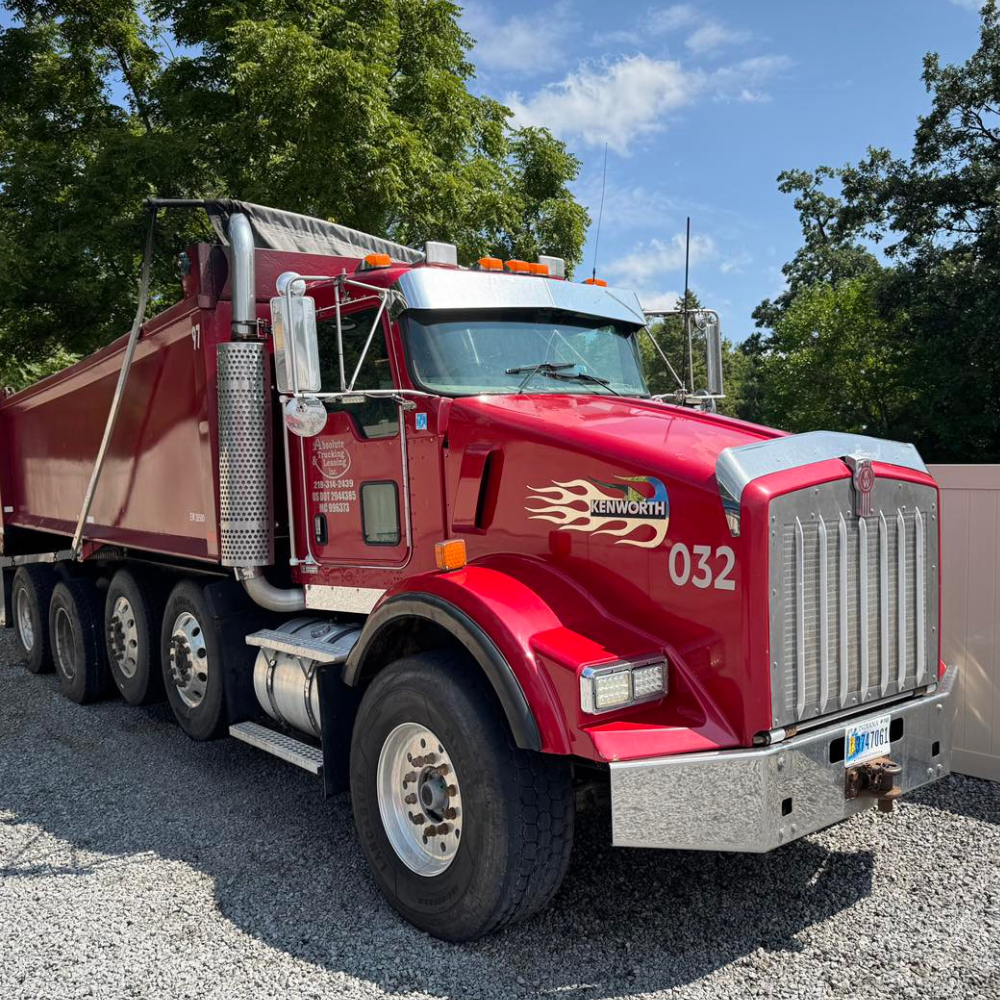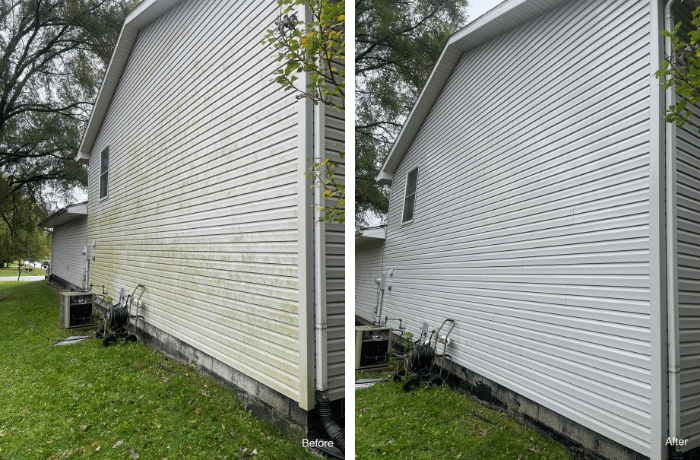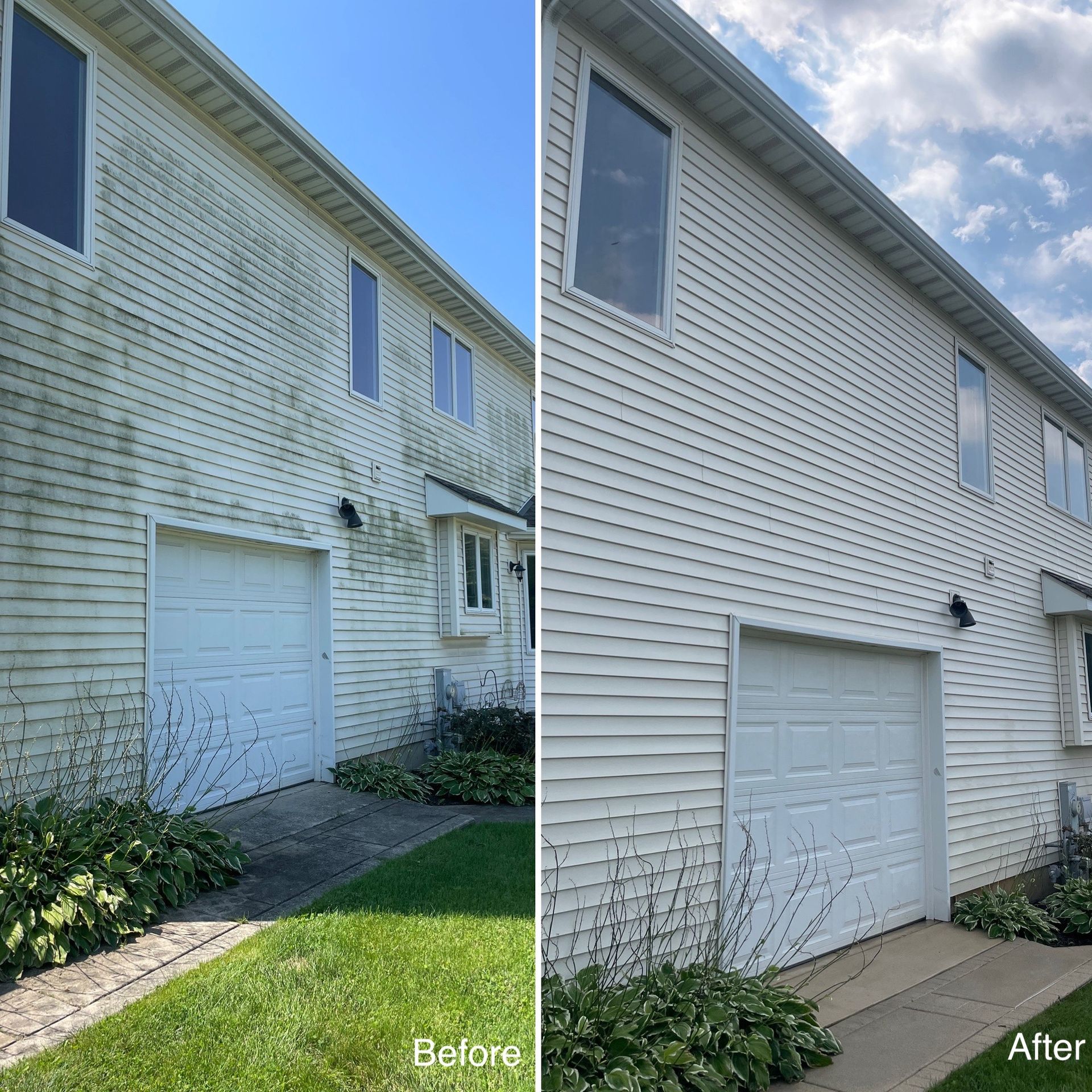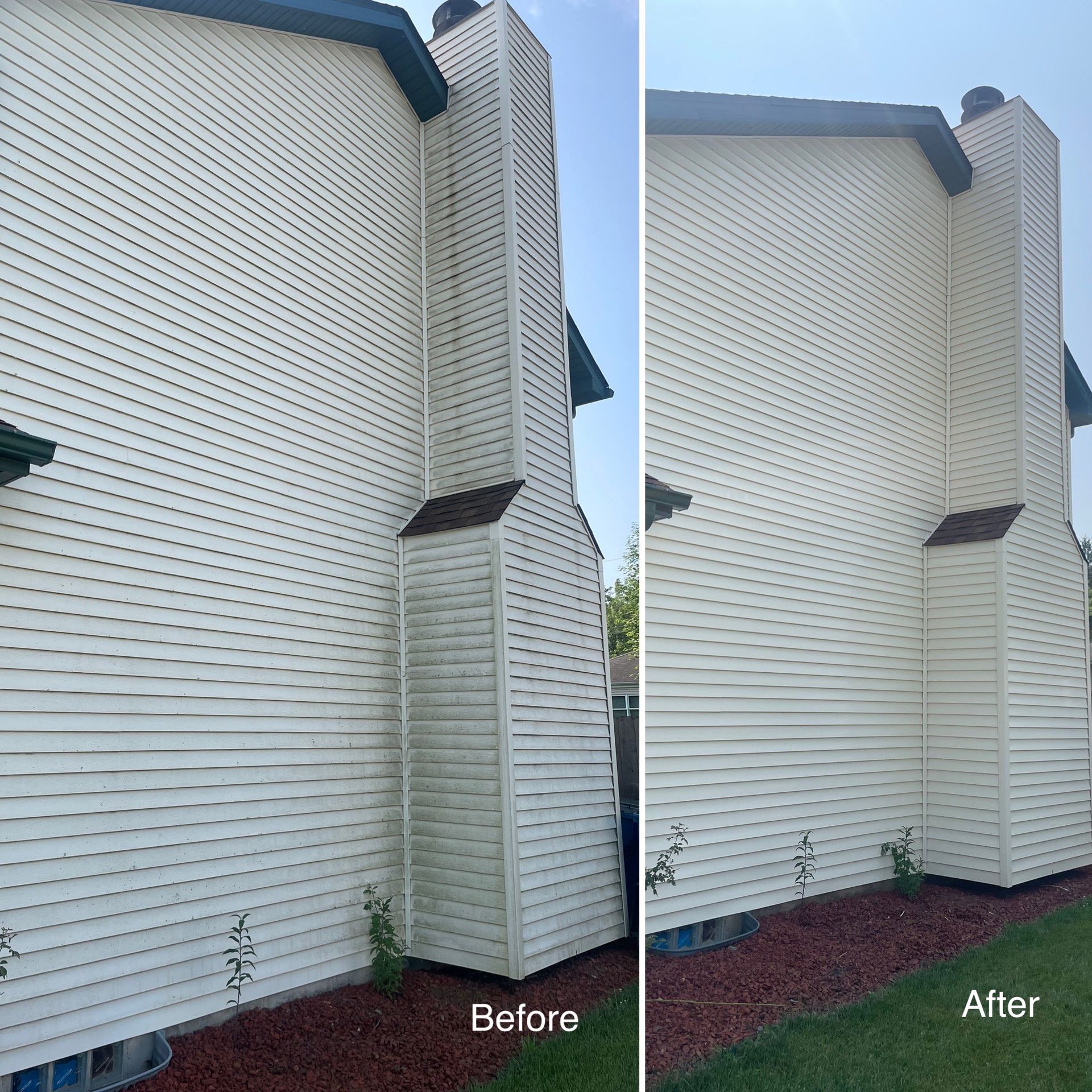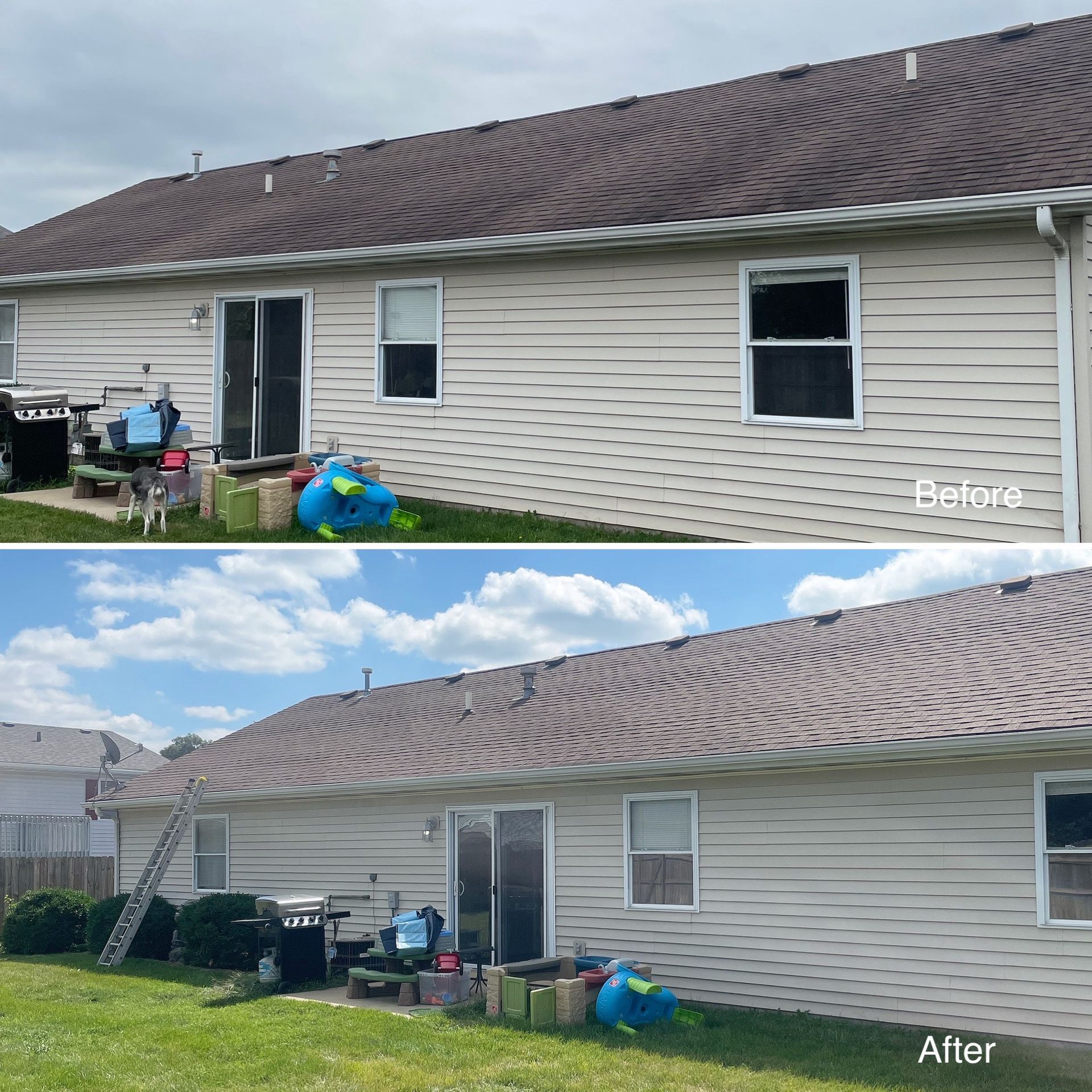Top 5 Common DIY Pressure Washing Mistakes to Avoid
Avoid These Costly DIY Pressure Washing Mistakes for a Flawless Clean Every Time
Pressure washing can be a highly effective way to restore surfaces around your home, from driveways to patios. However, many DIYers jump into pressure washing without a full understanding of the equipment or techniques. The result? Damaged surfaces, wasted effort, or even injuries. Here are the most common DIY pressure washing mistakes to avoid to ensure safe, efficient, and damage-free cleaning. Want to hire a professional? Click here.
Using the Wrong Pressure Setting
One of the most frequent mistakes homeowners make with pressure washing is not understanding how much pressure to use on different surfaces. Pressure washers often range between 1,300 and 4,000 PSI (pounds per square inch). Using high pressure on delicate surfaces, like wood or paint, can cause chipping or even permanent damage. Conversely, using too little pressure on tough stains won’t yield the desired results.
Key Tips for Choosing Pressure Levels
- Wooden Decks: Stick with low pressure (around 500-600 PSI).
- Concrete and Brick: Higher pressure (1,500–3,000 PSI) is usually fine.
- Painted Surfaces: Use low pressure to avoid chipping or stripping paint unintentionally.
Testing on a small area before proceeding with the full project is essential. Adjust the pressure accordingly based on the material to avoid common damage caused by incorrect PSI settings.
Neglecting Safety Precautions
Pressure washing might not seem dangerous at first glance, but the water jets are powerful enough to cause injuries. Without proper precautions, DIY pressure washers risk lacerations, bruises, and even eye injuries.
Essential Safety Measures
- Protective Gear: Always wear eye protection, long sleeves, gloves, and waterproof shoes to shield from spray and debris.
- Safe Distance: Keep a distance of at least 12 inches from the surface to avoid dangerous water recoil.
- Be Mindful of Others: Avoid washing near other people or pets to keep everyone safe from accidental injury.
Following these precautions can make pressure washing safer and more comfortable while ensuring that mistakes leading to injuries are minimized.
Skipping Proper Prep Work
Skipping proper preparation is one of the most overlooked aspects of pressure washing, often resulting in uneven cleaning or residual dirt and grime. Preparation not only ensures better results but also prevents debris from flying around, which can cause damage or injury.
Steps for Effective Prep Work
- Clear the Area: Remove any loose items and obstacles, including lawn decor, toys, or furniture.
- Pre-Wet the Surface: For delicate surfaces, a quick pre-wash rinse can help loosen grime.
- Scrub First: Use a brush or broom to remove stubborn dirt and debris that may interfere with the wash.
Proper prep work is essential for achieving an even, effective clean and reduces the chances of streaks or leftover spots on the surface.
Using the Wrong Cleaning Solution
Not all cleaning solutions are suitable for all surfaces. Using the wrong chemical cleaner can damage surfaces or leave streaks, stains, or residue. Certain chemicals can also be dangerous when used with a pressure washer.
Choosing the Right Cleaner for the Job
- Avoid Bleach on Wood: Bleach can damage wood fibers and cause discoloration. Opt for a wood-safe cleaner instead.
- Concrete and Brick: Mild detergents or specialty cleaners are usually effective.
- Delicate Surfaces: Avoid highly acidic cleaners that can damage surfaces or cause etching.
Check product labels to ensure that the cleaning solution is compatible with your pressure washer and the surface being cleaned. Some chemicals can even be harmful to the pressure washer pump, so always follow manufacturer recommendations.
Not Knowing the Right Angle and Distance
The angle and distance of the pressure washer spray from the surface can make or break the results. Holding the nozzle too close can lead to gouging or lines, while too far away reduces cleaning power.
Best Practices for Angles and Distances
- Angling for Efficiency: A 45-degree angle usually provides the best balance for effective cleaning.
- Distance Control: Maintain at least 12–18 inches away from the surface to avoid damage. For tougher stains, start at a distance and slowly move closer if needed.
- Consistency in Movements: Move the nozzle in steady, overlapping sweeps for a uniform clean.
Using the right angle and distance helps achieve even cleaning without damage, avoiding streaks or rough spots.
Pressure washing can be a great DIY project with rewarding results, but it’s essential to avoid these common mistakes to get a professional-quality finish. Taking the time to understand proper pressure settings, practicing safety precautions, preparing the surface, using appropriate cleaning solutions, and paying attention to angle and distance will help prevent damage, save time, and enhance the quality of your cleaning project. If you're unsure about any step, don’t hesitate to consider professional assistance for safe and effective pressure washing.
FAQs
What pressure setting should I use for a wooden deck?
For wood surfaces, aim for 500–600 PSI to avoid splintering or damaging the wood fibers.
Can I use any cleaning solution with a pressure washer?
No, always check the compatibility of the solution with your pressure washer and surface type.
How do I prevent streaks when pressure washing?
Move the nozzle in steady, overlapping motions, and maintain a consistent distance to avoid uneven streaking.
Is it necessary to wear protective gear while pressure washing?
Yes, protective gear like eye protection, gloves, and waterproof shoes are essential to avoid injuries from water recoil or flying debris.
How far should I hold the nozzle from the surface?
A distance of 12–18 inches is generally safe. You can move closer for tough stains but be cautious not to damage the surface.
